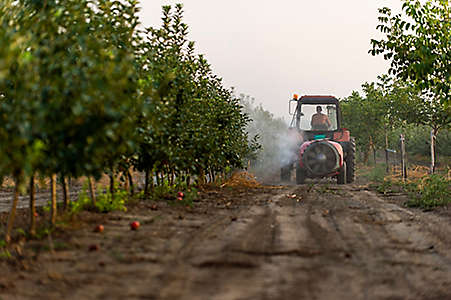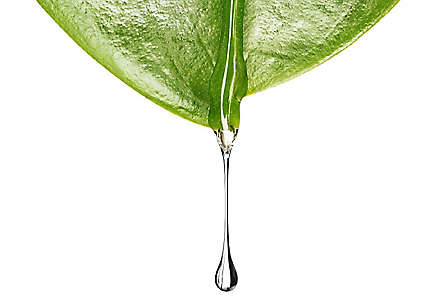Biological products such as botanical oil-based biopesticides are effective, sustainable, and safe tools for integrated pest management programs. However, many specialty crop growers are still learning how to unlock the advantages of such crop protection tools.
Follow these five best practices for applying botanical oil-based biopesticides to your operation.
Targeted Pests
- Mites
- Aphids
- Two-spotted Spider Mites
- Lygus
- Soft-bodied Insects
- Thrips
- Worms
- Whiteflies
- Mealybugs
- Spotted Wing Drosophila (SWD)
1. Update Product Rotation in your IPM Program
Specialty crop growers committed to reducing insecticide resistance create an IPM program that includes various chemicals with different modes of action in rotation. Growers need to update their rotation programs to avoid pests growing resistant to the chemicals used over time.
2. Use as a Preventative Application
Growers should always adopt a proactive approach instead of a reactive one. The IPM programs help prevent the pest populations from growing to an infestation rescue level. Using Kemin botanicals is an effective way to deter pests and stop infestations before they happen.
3. Understand the Application Rates
Understand the recommended application rate on the label. While products have a recommended rate based on crop heartiness or phytotoxicity concerns, often the rate indicates the product's performance in trials. Growers should:
- Apply a lower rate if there are known phytotoxicity issues in the specific crop
- Spray at lower rates consistently to prevent pests throughout the season. Lower rates can be sprayed repeatedly on crops without risks of phytotoxicity while keeping pest populations at bay.
- Reserve the highest rate for rescue use, or when the pest population has grown to a point where a more aggressive spray is needed.

4. Calibrate the Sprayer
Oil-based biopesticides will be effective only if they make contact with the pest. This means that even application coverage is key to ensuring the product controls pests the way intended. Calibrate your sprayer accordingly based on the product and method.
5. Follow the Application Interval Guidelines
Always follow the recommended interval application period between sprays mentioned on the label. It allows the insects to emerge and the pesticide to attack different life stages of the pests. Spraying too soon or too late may reduce the effectiveness.
Up Next: Eight Tips For Integrating A New Product Into Your Spray Program
Kemin Crop Protection Botanical Solutions
Subscribe to Our Blog

The What & Why of Botanical Oil-Based Biopesticides

Including Botanical Oil-Based Pesticides in an IPM Program

Rethink Horticultural Oil To Protect Your Crop This Summer

25(b) Exempt Biopesticides: What it means & how it benefits you.


